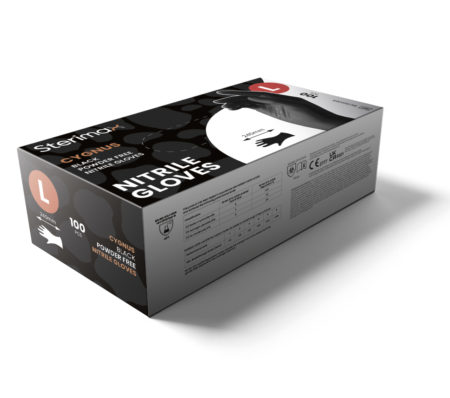Introduction
Supply chain management in healthcare organisations has undergone a significant transformation, with the spotlight now on enhancing efficiency, agility, and resilience.
This evolution has been driven by the need for healthcare providers to adapt to new challenges and uncertainties in a rapidly changing world.
In this blog, we will explore the strategies and considerations that are shaping supply chain management in healthcare organizations in a post-pandemic era.
- Building Resilience through Diversity
The upheavals of recent times have highlighted the importance of diversification within supply chains. By working with multiple suppliers and avoiding over-dependency on a single source, healthcare organisations can better withstand disruptions.
This strategy not only reduces the risk of shortages but also provides greater flexibility to adapt to changing market conditions.
- Harnessing the Power of Data
Data-driven decision-making is becoming a cornerstone of modern supply chain management. Analytics and predictive modeling help healthcare organisations anticipate demand fluctuations and optimize inventory levels.
Real-time data sharing with suppliers fosters a seamless replenishment process and minimises the likelihood of stockouts.
- Integration of Technological Advancements
Embracing technology is crucial for modernising supply chain operations. Blockchain, for instance, enhances transparency, traceability, and authentication of medical supplies, ensuring their authenticity and quality.
Internet of Things (IoT) devices enable real-time monitoring of temperature-sensitive products, ensuring the integrity of critical medications and vaccines.
- Fostering Collaborative Networks
Collaboration among healthcare organisations, suppliers, and distributors is fundamental for an efficient supply chain. Strong partnerships facilitate the sharing of information, risks, and resources.
Collaborative efforts can also lead to bulk purchasing, lowering costs and ensuring the availability of essential supplies.
- Local Production and Innovative Manufacturing
In response to the uncertainties of a globalised world, healthcare organisations are considering localised production of key medical supplies.
Innovations like 3D printing offer the advantage of rapid production of items such as medical devices, prosthetics, and even customised implants, reducing lead times and the dependency on distant suppliers.
- Enhancing Supply Chain Visibility
Visibility across the supply chain is crucial for identifying bottlenecks and inefficiencies. By implementing supply chain visibility platforms, healthcare organizations gain real-time insights into inventory levels, demand patterns, and delivery schedules.
This transparency enables proactive decision-making and timely interventions.
- Proactive Risk Management
Supply chain disruptions can emerge from various sources, including geopolitical tensions, natural disasters, and market fluctuations.
Healthcare organisations must employ proactive risk management strategies that encompass scenario planning, risk assessment, and mitigation plans.
Identifying potential risks allows organisations to develop strategies to minimise their impact on the supply chain.
- Championing Sustainability
Incorporating sustainable practices into supply chain management is increasingly important. Healthcare organisations are adopting eco-friendly strategies such as optimizing transportation routes, reducing packaging waste, and sourcing from suppliers committed to sustainability.
These efforts not only contribute to environmental well-being but also streamline supply chain operations.
Conclusion
In an ever-changing world, healthcare organisations are redefining their supply chain strategies to ensure agility, resilience, and efficiency.
By leveraging technology, fostering collaborations, and making data-driven decisions, healthcare providers can build supply chains that not only endure disruptions but also ensure uninterrupted access to critical medical resources.
This new era of supply chain management will undoubtedly pave the way for a more adaptable and responsive healthcare sector.


















